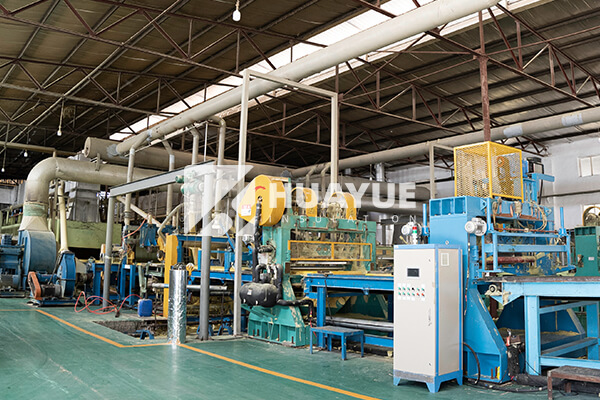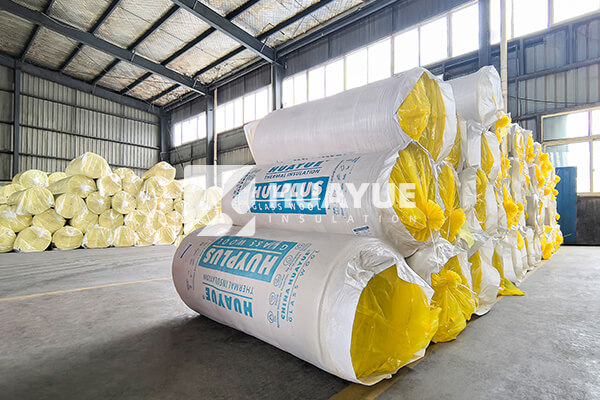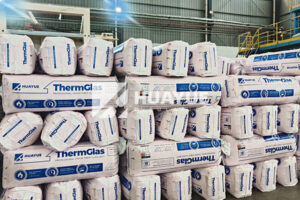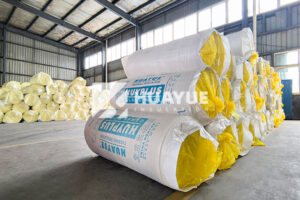What is the difference between cellulose and fiberglass insulation?
Choosing between cellulose and fiberglass insulation can be overwhelming. You want the best value, performance, and reliability from your investment.
Cellulose insulation is made from recycled paper, while fiberglass is made from molten glass fibers. Fiberglass is more water resistant, while cellulose is better at blocking airflow. Each suits different applications.

There is more to insulation than meets the eye. You need materials that protect your building, perform consistently, and last for decades. With many choices and claims, it is easy to lose focus on what really matters. Let me break down the essential differences so you can make the best decision for your project.
What insulation is better, cellulose or fiberglass?
Some people think one insulation material works for every project, but choosing the wrong product can lead to wasted money and disappointment.
Fiberglass insulation typically works better for moisture-prone areas and lasts longer. Cellulose blocks air movement well and suits retrofit projects. Compare fire safety, durability, and long-term performance before you choose.

Comparing Cellulose and Fiberglass: Key Features
Let’s look at both options in detail. First, fiberglass insulation is made from glass fibers spun into batts or loose fill. It resists moisture and mold, making it popular in basements and attics. Fiberglass does not settle as much over time, so its insulation value stays stable for decades. It is easy to install, especially in new construction.
Cellulose insulation, on the other hand, is made from recycled paper or plant fibers. Installers add fire retardants to reduce risk. Cellulose works well for retrofits because installers blow it into small spaces where batts won’t fit. It stops air leaks better than fiberglass, so energy bills often drop when switching to cellulose. However, cellulose settles over time and can lose insulation value if wet.
Here’s a simple comparison:
| Feature | Cellulose | Fiberglass |
|---|---|---|
| Material Source | Recycled paper/fiber | Glass fibers |
| Moisture Resistance | Low | High |
| Settle Over Time | Yes | Minimal |
| Fire Resistance | Retardant added | Naturally non-combustible |
| Air Leak Blocking | Excellent | Good |
| Installation Method | Blown-in | Batts/Loose fill |
| Longevity | Can degrade if wet | Decades, stable |
Every project is unique. I recommend considering climate, risk of water exposure, and installation requirements before you choose. I once worked with a large tank retrofit in a humid environment. Fiberglass gave us years of trouble-free service, while cellulose in another retrofit required repair after a leak.
What is the downside of cellulose insulation?
Some people choose cellulose because it is green and affordable, but there are challenges you should know before you commit.
Cellulose insulation absorbs water and can encourage mold growth. It settles over time, which reduces its R-value and creates gaps. Fire retardant chemicals may also lose effectiveness as the material ages.

Breaking Down Cellulose Challenges
The most important downside of cellulose insulation is its vulnerability to moisture. Because it is made from paper fibers, it can soak up water. In damp conditions, celluose insulation may support mold growth, which leads to health risks and added maintenance costs. The fire retardants that protect the fibers may break down over time, especially if exposed to leaks or high humidity.
Settling is another problem. Cellulose can drop several inches in the wall cavity after installation. As it settles, gaps form, which lowers the insulation’s R-value. Homeowners sometimes pay extra to refill or replace settled cellulose, especially in older buildings.
Finally, cellulose insulation is dustier during installation and may release irritants. I have heard from installers who needed masks and ventilation for blow-in projects. If you value long-term stability and want to minimize repair risks, consider fiberglass or newer foam glass alternatives. Choosing the right insulation means balancing green claims with practical realities.
Is cellulose the same as fiberglass?
Some people think cellulose and fiberglass are interchangeable. That mistake can cost time and money during installation or repairs.
Cellulose and fiberglass are not the same. Cellulose uses recycled, plant-based fibers; fiberglass uses spun glass. Each has different moisture resistance, fire safety, and lifetime performance characteristics.
Differences Between Cellulose and Fiberglass Explained
Cellulose and fiberglass insulation look similar to most people, but the differences start with the ingredients. Cellulose insulation uses shredded newspaper, cardboard, or other plant fibers. Installers blow it into wall cavities to fill gaps. Chemicals are added to make cellulose resist fire and pests.
Fiberglass insulation begins with molten glass. This glass gets spun into tiny threads and then formed into batts, rolls, or loose fill. It does not absorb water, and it will not mold. Because fiberglass is glass, it is naturally non-combustible and does not need extra fire retardants. Fiberglass is often easier to handle, can last much longer, and maintains its shape. It is a go-to material for many commercial and industrial applications.
Here’s a visual comparison for clarity:
| Attribute | Cellulose | Fiberglass |
|---|---|---|
| Base Material | Recycled paper | Glass fibers |
| Water Absorption | High | Minimal |
| Fire Safety | Chemicals added | Natural resistance |
| Longevity | May degrade | Decades stable |
| Typical Use | Retrofit/blown-in | New build/batts |
Choosing between these two can make or break your insulation project. I ran tests on both materials in chemical tanks. Fiberglass kept its insulating power for years. Cellulose needed attention after humidity changes. The experience taught me to value material choice over marketing claims.
What is the lifespan of fiberglass insulation?
Many clients want insulation that lasts as long as their building. Short-lived materials mean extra costs and headaches.
Fiberglass insulation has a lifespan of 50 years or more if kept dry and undisturbed. It maintains its shape and R-value better than most alternatives.
Fiberglass Longevity Matters
Fiberglass insulation stands out for its long life. Unlike cellulose, fiberglass fibers do not break down when exposed to normal wear and tear. If kept dry, fiberglass insulation can retain its insulating value and structure for up to fifty years. Some buildings use original fiberglass batts from several decades ago and still meet energy codes.
The most important thing is to prevent water damage. If water leaks into the insulation, it may compress the batt, drop its R-value, and promote mold. Dry, undisturbed fiberglass usually needs no replacement except during major upgrades or whenever regulations change.
Some clients worry about glass fibers settling or coming loose. Modern manufacturing solves most of these problems. I have managed installations where original fiberglass remained in perfect shape after years of use in tanks and plant rooms. This durability cuts maintenance costs and adds peace of mind.
| Insulation Type | Typical Lifespan | Key Risks |
|---|---|---|
| Cellulose | 20–30 years | Settling, moisture, mold |
| Fiberglass | 50+ years | Water damage |
Choosing high-quality fiberglass insulation pays off in the long term. Material choice will shape your building’s future energy savings, safety, and upkeep.
Conclusion
Cellulose and fiberglass insulation each offer unique strengths. Knowing their differences helps you choose reliable, long-lasting protection for your project.
You may also be interested in:
Ready to Get Started?
Get in touch with our experts for personalized solutions tailored to your needs.
Get Free QuoteLatest Articles

Glass Wool Fire Rating: How Safe Is Your Insulation?
Dec 25, 2025
Let's Work Together
Ready to take your business to the next level? Get in touch with our team of experts and let's discuss how we can help you achieve your goals.
Get Free Solutions






